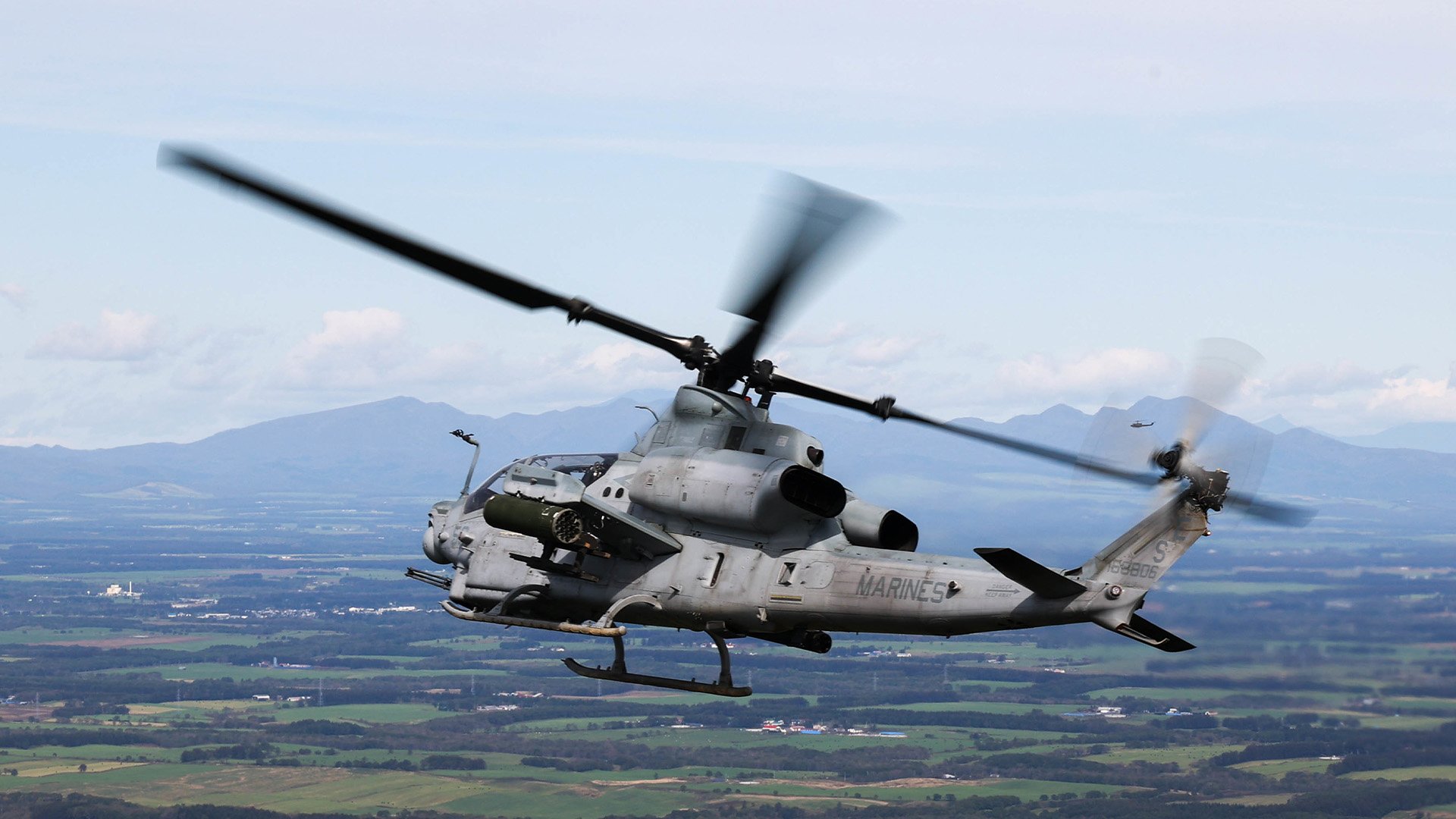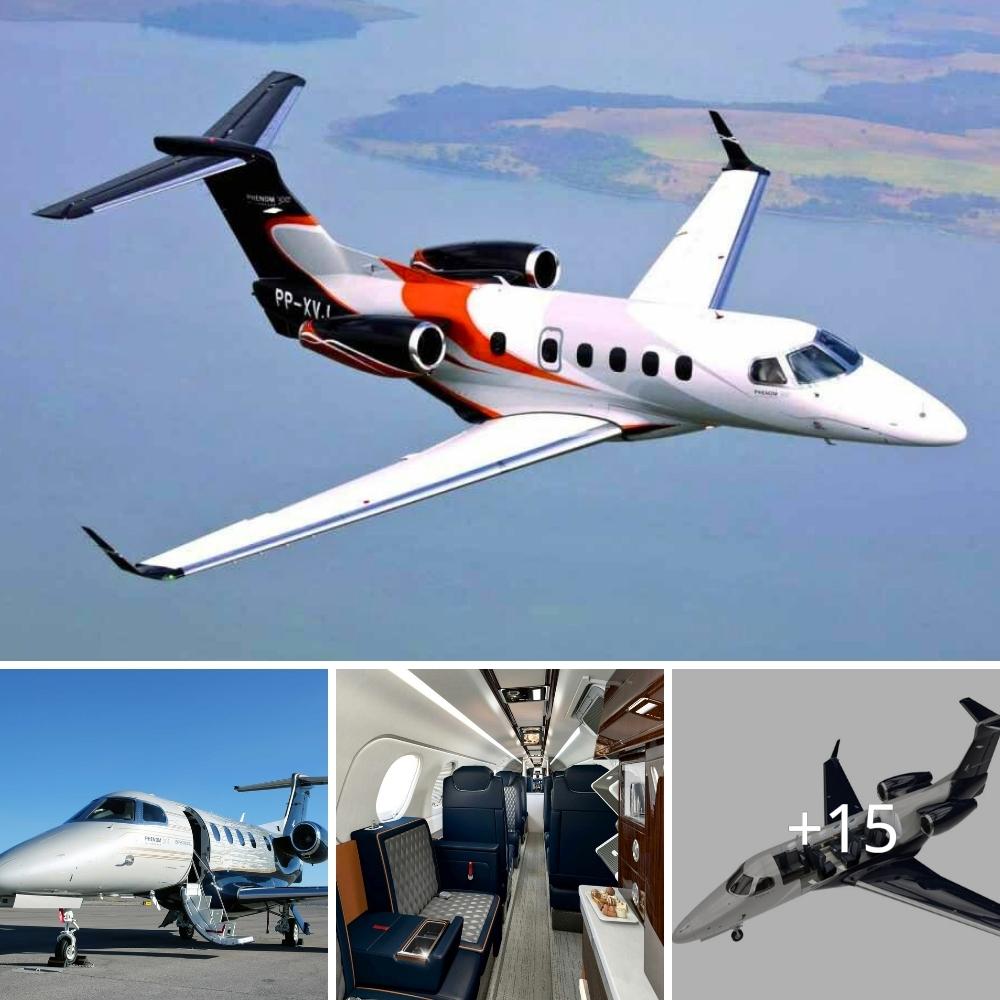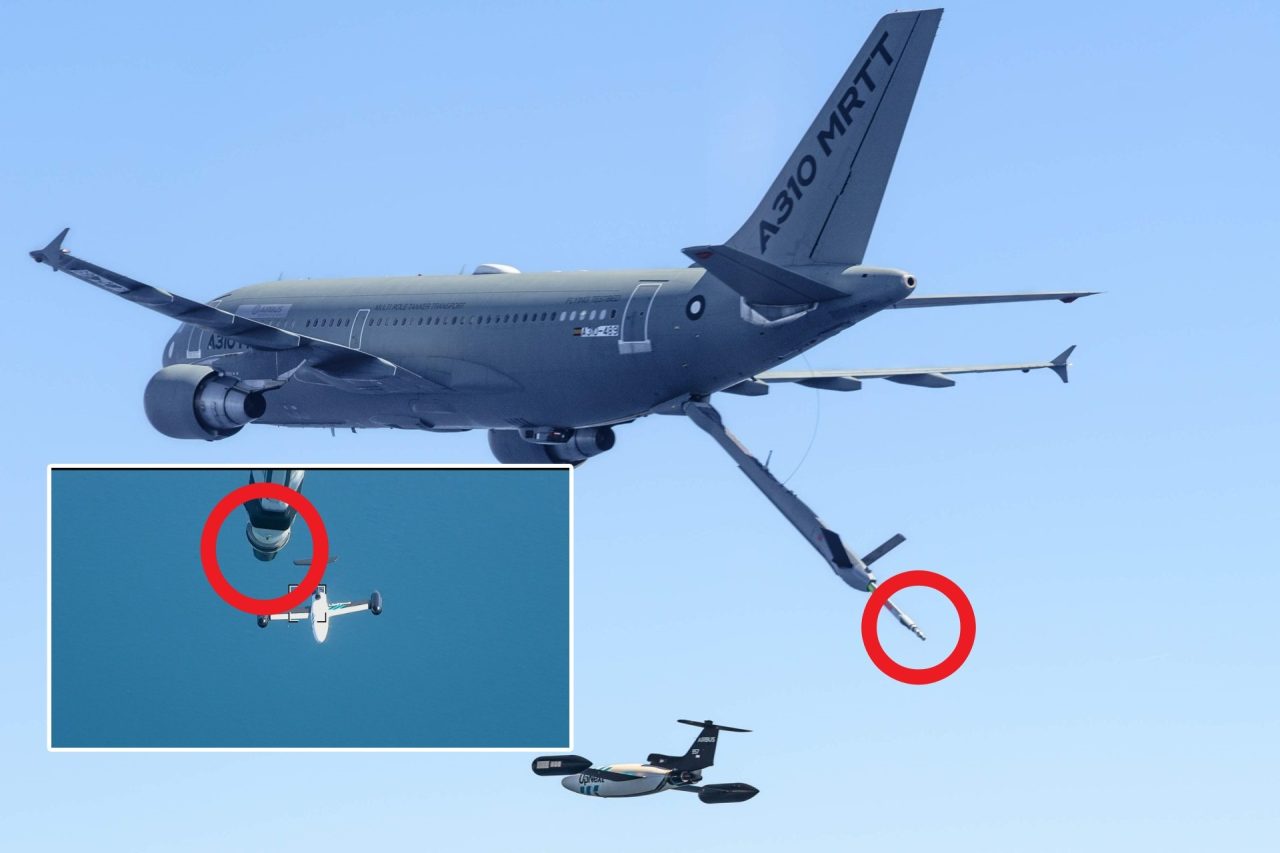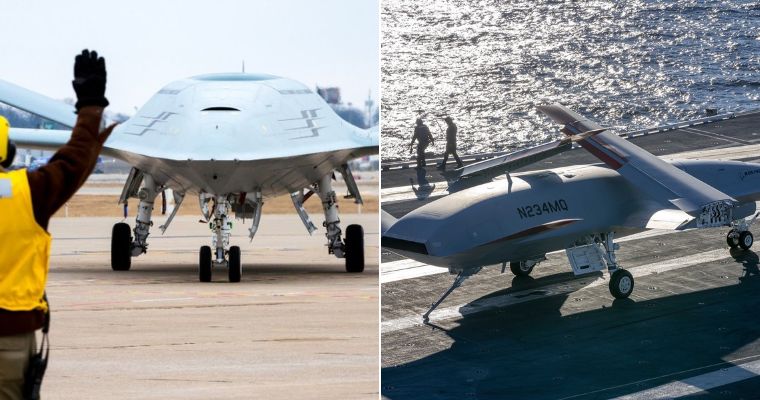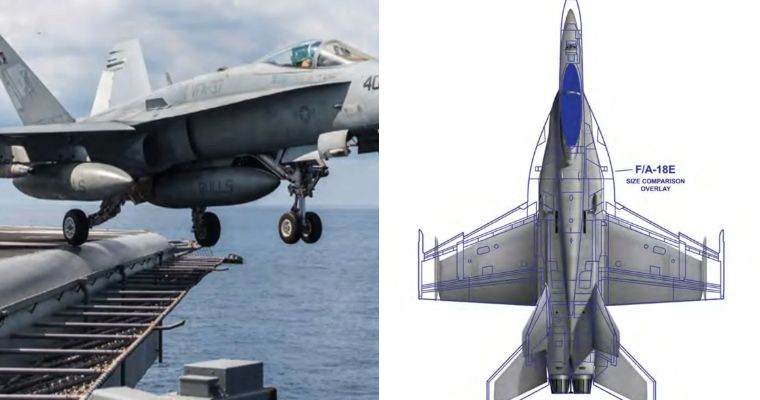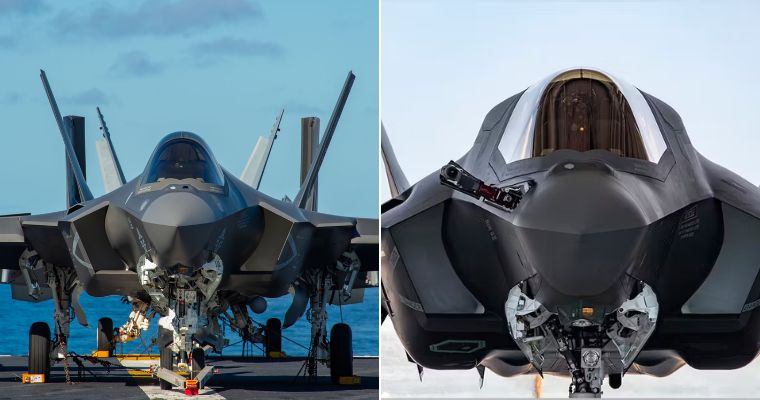AH-1W / AH-1Z Super Cobra Attack Helicopter
The AH-1W Super Cobra attack helicopter, which entered service with the US Marine Corps in 1985, was replaced by the AH-1Z Viper.

The AH-1Z helicopter completed its first flight in December 2000. Credit: Bell Textron Inc.

The H-1 programme was designed to upgrade US Marine Corps AH-1W Super Cobra fleet. Credit: Bell Textron Inc.

The AH-1W Super Cobra served as the US Marine’s attack helicopter for more than 34 years. Credit: Bell Textron Inc.
A US. Marine Corps AH-1Z Viper with “Vengeance,” Marine Light Attack Helicopter Squadron 469, participates in live-fire training during the Resolute Dragon 22 exercise at Yausubetsu Maneuver Area, Hokkaido, Japan, Oct. 6, 2022. On Nov. 4, 2022, the Marines received their last shipment of the attack helicopter. US Marine Corps photo by Cpl. Lorenzo Ducato.
The last AH-1Z Viper has rolled off Bell Textron’s assembly line in Texas, marking the end of an era for the Marines’ workhorse twin-engine attack helicopter.
It’s slated to be delivered Friday, Nov. 4, to Marine Light Attack Helicopter Training Squadron 303 in Camp Pendleton, California.
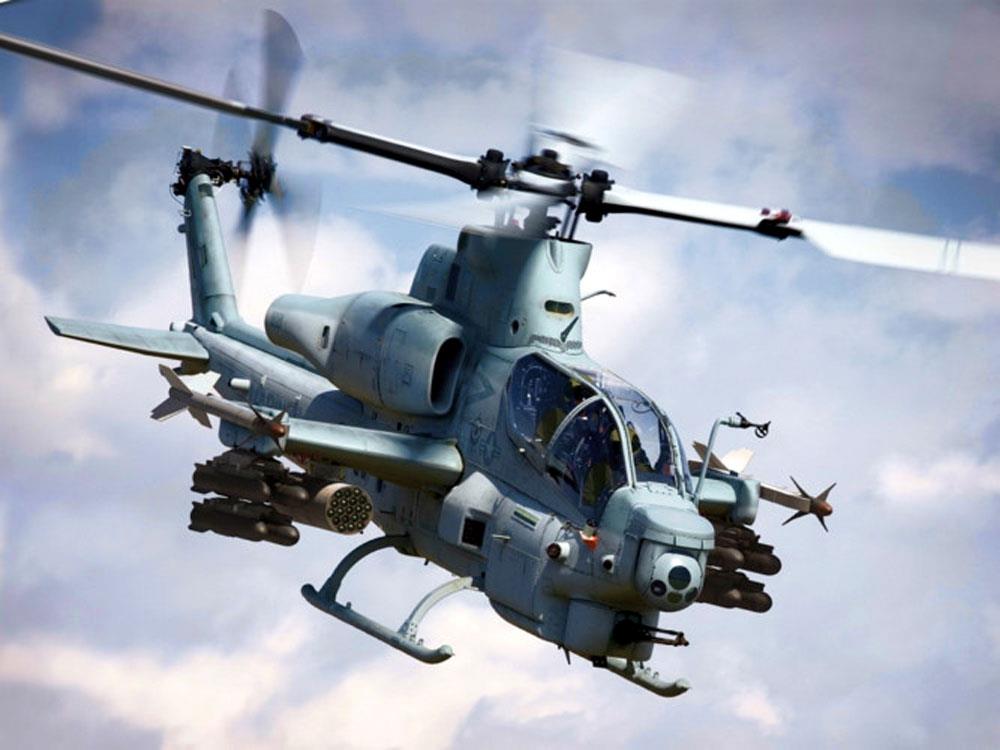
The Viper will become the 349th aircraft to be shipped to the Corps as part of its H-1 program. The Marines accepted their 160th and last UH-Y Venom utility helicopter — nicknamed the “Super Huey” — in 2018.
Although each chopper boasts different roles on the battlefield, the Viper and the Venom were built using 85% of the same parts, a decision that both saves the Corps money and streamlines logistics.
“The AH-1Z Viper and UH-1Y Venom are the latest and greatest,” Mike Deslatte, Bell H-1 vice president and program director, told Coffee or Die Magazine. “There’s always an evolution. There’s always a next step and we are exactly where we as a community intended to be right now, which is to be complete with the production line.”
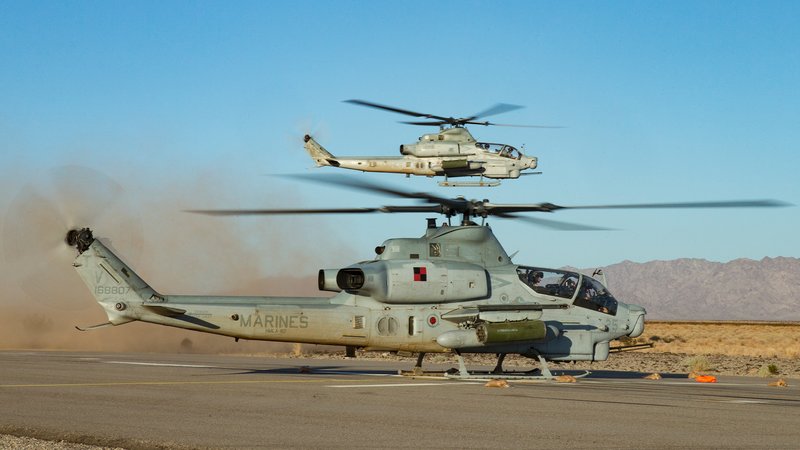
US Marine Corps AH-1Z Viper attack helicopters assigned to Marine Aviation Weapons and Tactics Squadron One conduct a forward arming and refueling point exercise during Weapons and Tactics Instructor course 1-20 at Auxiliary Airfield II in Yuma, Arizona, Sept. 28, 2019. US Marine Corps photo by Cpl. Claudia Nix.
The Viper that left the Amarillo line is a descendant of the iconic UH-1 Iroquois, better known simply as the “Huey.” Production began on it in 1956, and its bull shark nose and beating rotors prowled the skies of Vietnam, where it was joined by a sister attack helicopter, the AH-1 Cobra.
They evolved into an entire ecosystem of helicopters, including the AH-1W Super Cobra, the AH-1J Sea Cobra, and Bell’s UH-1N Twin Huey.
In 1996, the Marines launched the H-1 upgrade program to swap out its aging helicopter fleet. Venoms replaced the Twin Hueys and Vipers replaced the Super Cobras, with the final buy — the $439.6 million Lot 16 contract — awarded to Bell in 2019 to churn out the last of the AH-1Zs.
“These aircraft were initially made for supporting infantry on the ground, then engaging as anti-armor assets,” Deslatte said. “From a mission set, it just continues to evolve over the years, in addition to the fact that technology continues to advance.”
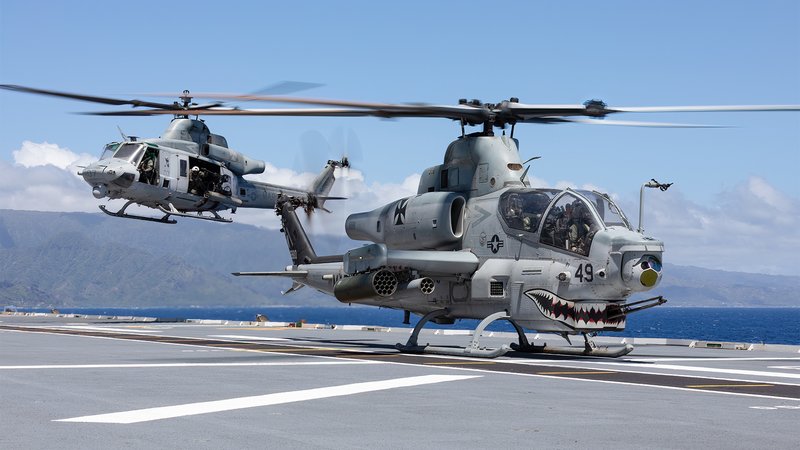
A US Marine Corps UH-1Y Venom helicopter prepares to land beside a US Marine Corps AH-1Z Viper helicopter on the flight deck of the Royal Australian Navy Canberra-class landing helicopter dock Canberra during the Rim of the Pacific exercise in the Pacific Ocean on Aug. 1, 2022. Royal Australian Navy photo by Leading Seaman Matthew Lyall.
The Corps expects the Vipers to last for decades, providing close air support, reconnaissance, and fire support coordination in all weather, plus anti-armor and anti-air strikes.
Venoms also can dish out close air and combat support, run search and rescue and casualty evacuation missions, and perform command and control tasks above the battlefield.
“H-1s are key to the 2022 Marine Corps Aviation Plan,” said Col. Vasillios Pappas, the Corps’ Light/Attack Helicopters program manager, in a prepared statement. “With the US program of record now complete, the Marines have the flexibility to manage and deploy the helicopters based on current and future mission requirements as established at the start of the program.”

Deslatte told Coffee or Die the Amarillo plant isn’t going idle. The production line will continue to build Venoms and Vipers for foreign militaries, including Bahrain and the Czech Republic.
“Since the inception of the H-1 lineage, we’ve delivered well over 16,000 aircraft to US military, government agencies, and foreign military partners,” Deslatte said.
Source: coffeeordie.com



